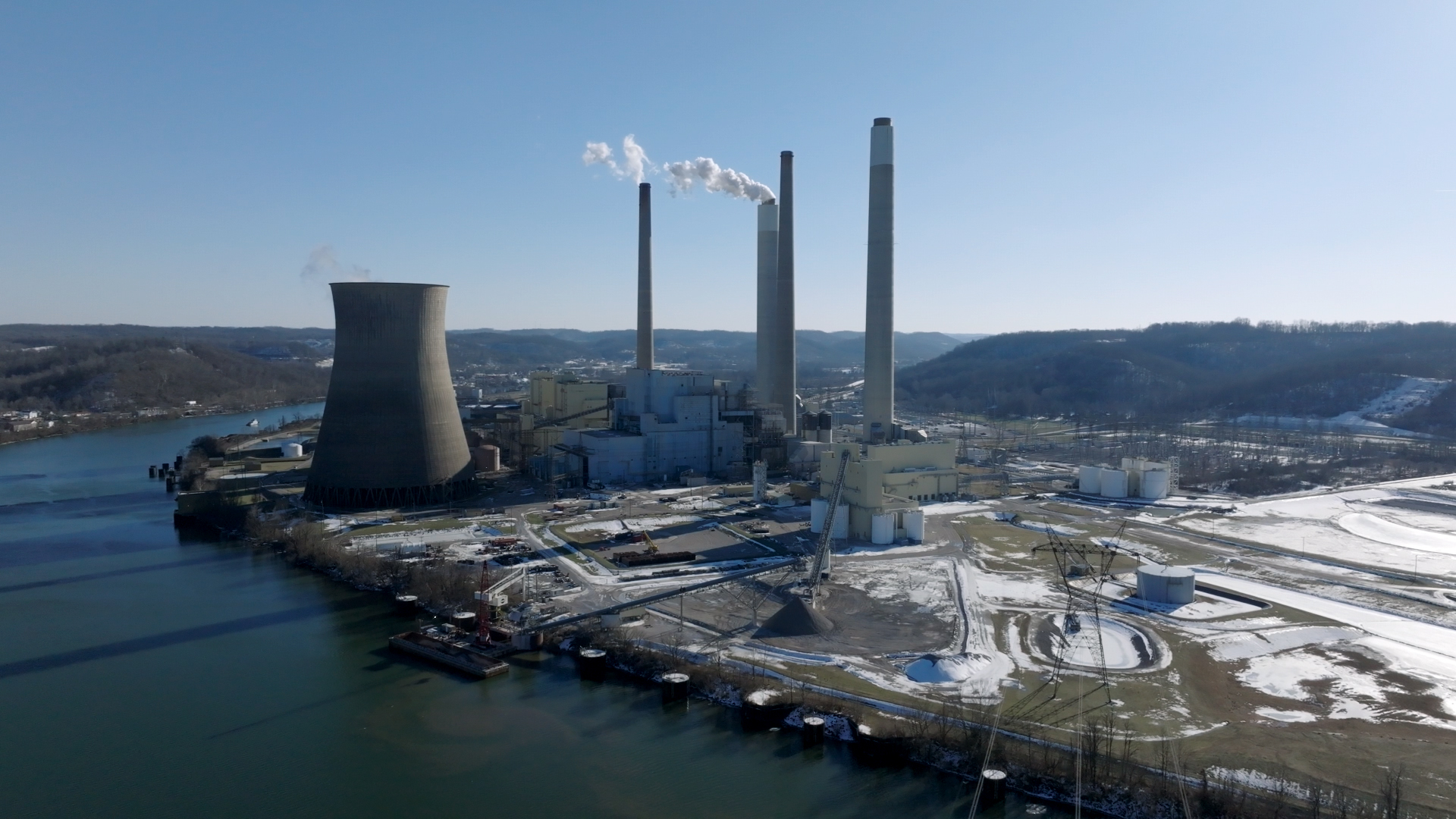The Sierra Club and the West Virginia Public Service Commission have settled their dispute over the commission’s 2021 order for Appalachian Power to operate its coal plants at a 69% capacity factor.
Few coal plants across the country come close to that as they compete with natural gas and renewables. In the 13-state PJM transmission region, which includes West Virginia, coal plants operate at about 40%.
Appalachian Power has told state lawmakers that its three plants – John Amos, Mountaineer and Mitchell – operate close to the average in PJM.
Last week, PSC chair Charlotte Lane told a Senate committee that 69% was a target but not a requirement. The settlement reflects Lane’s comment.
Lawmakers have pressed Appalachian Power on why it doesn’t run its plants more or build new ones. Company officials have said it’s been hard for the coal plants to compete with natural gas.
“This settlement successfully prevents the PSC from interfering with electricity markets on coal’s behalf and protects local residents from covering the cost,” said Jim Kotcon, chair of the Sierra Club’s state chapter. “Still, West Virginia decision makers continue to double down on coal.”
An Appalachian Power presentation to state officials last year showed that following the 69% directive would raise costs for electricity customers.
